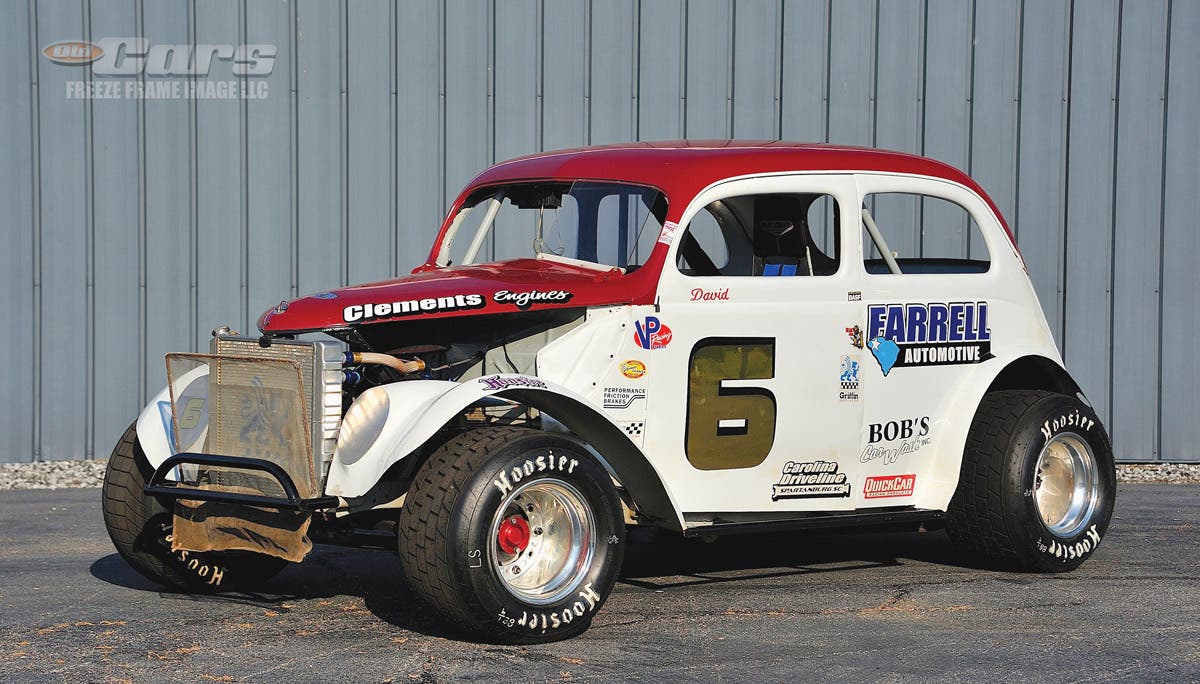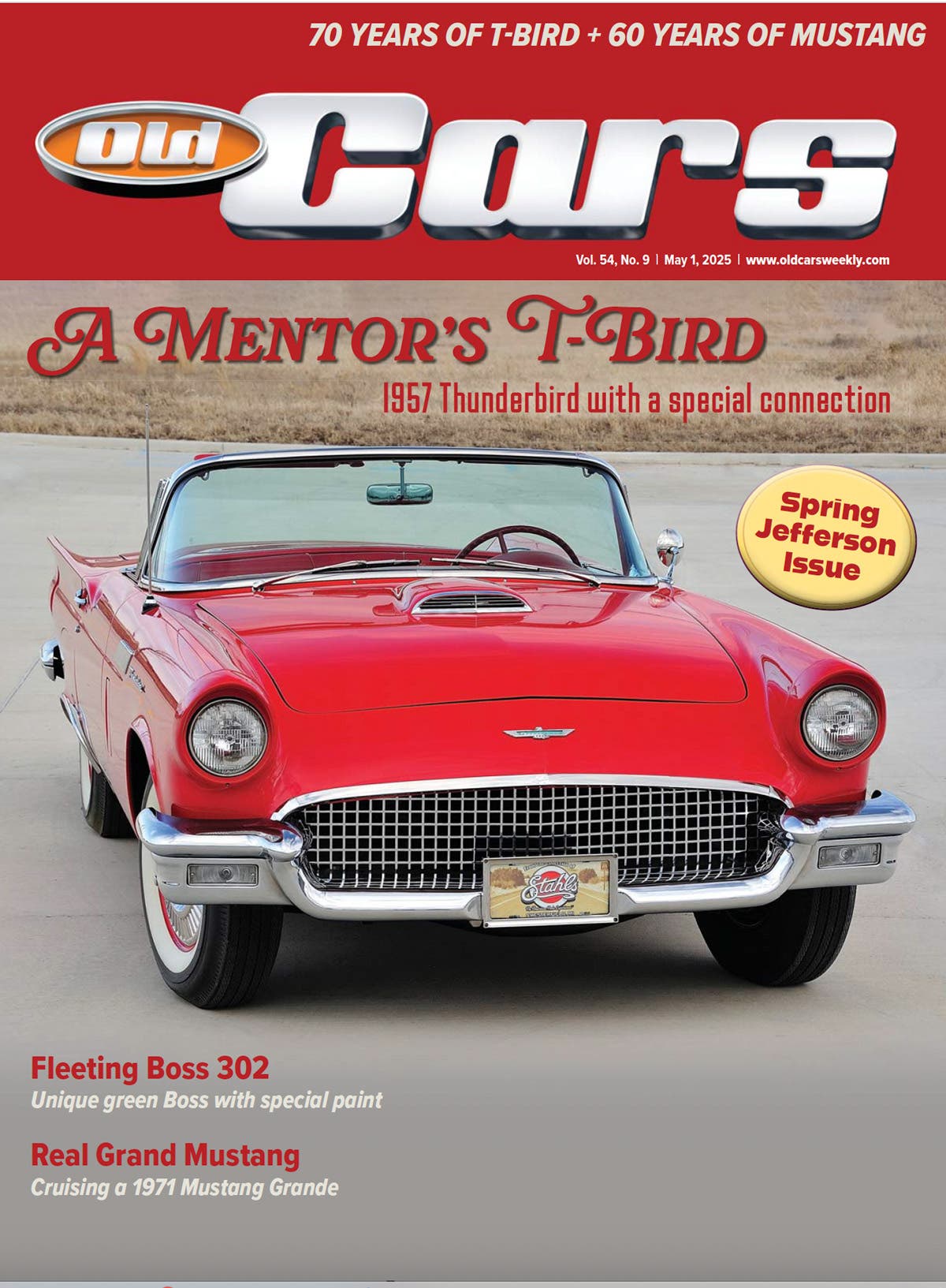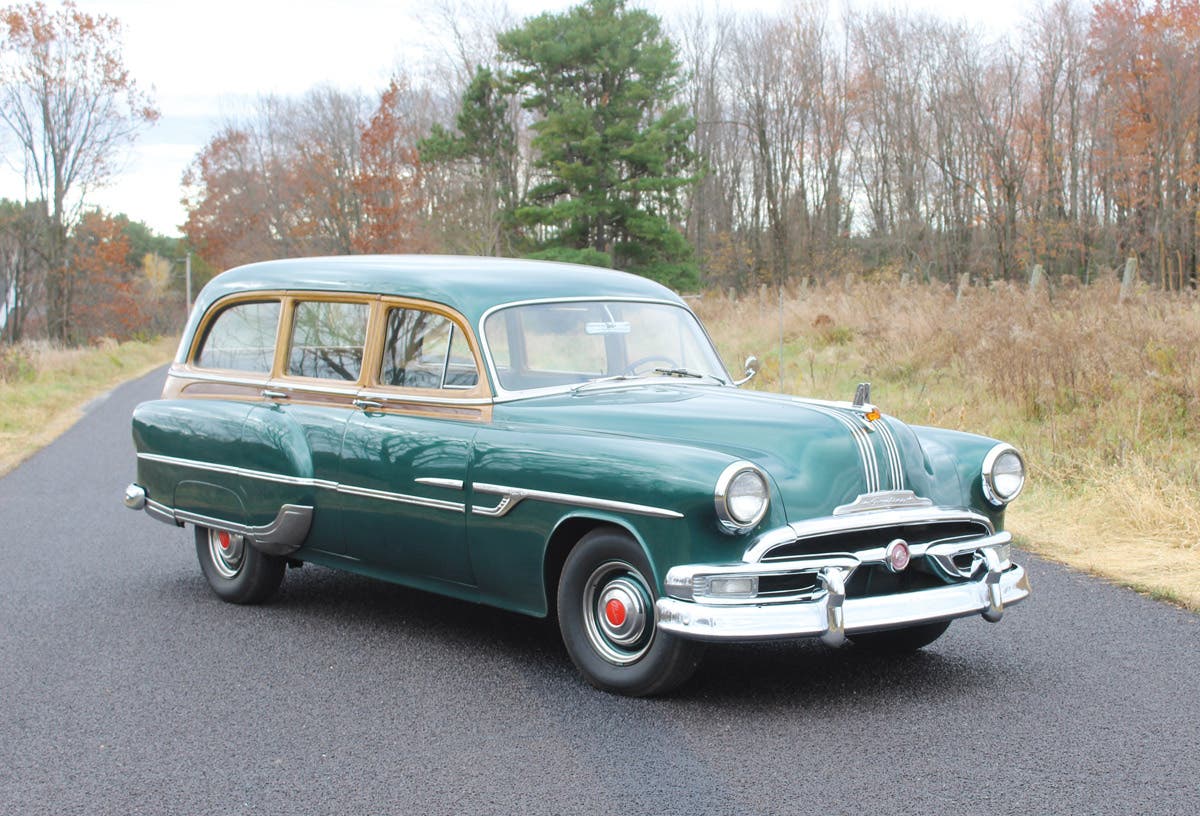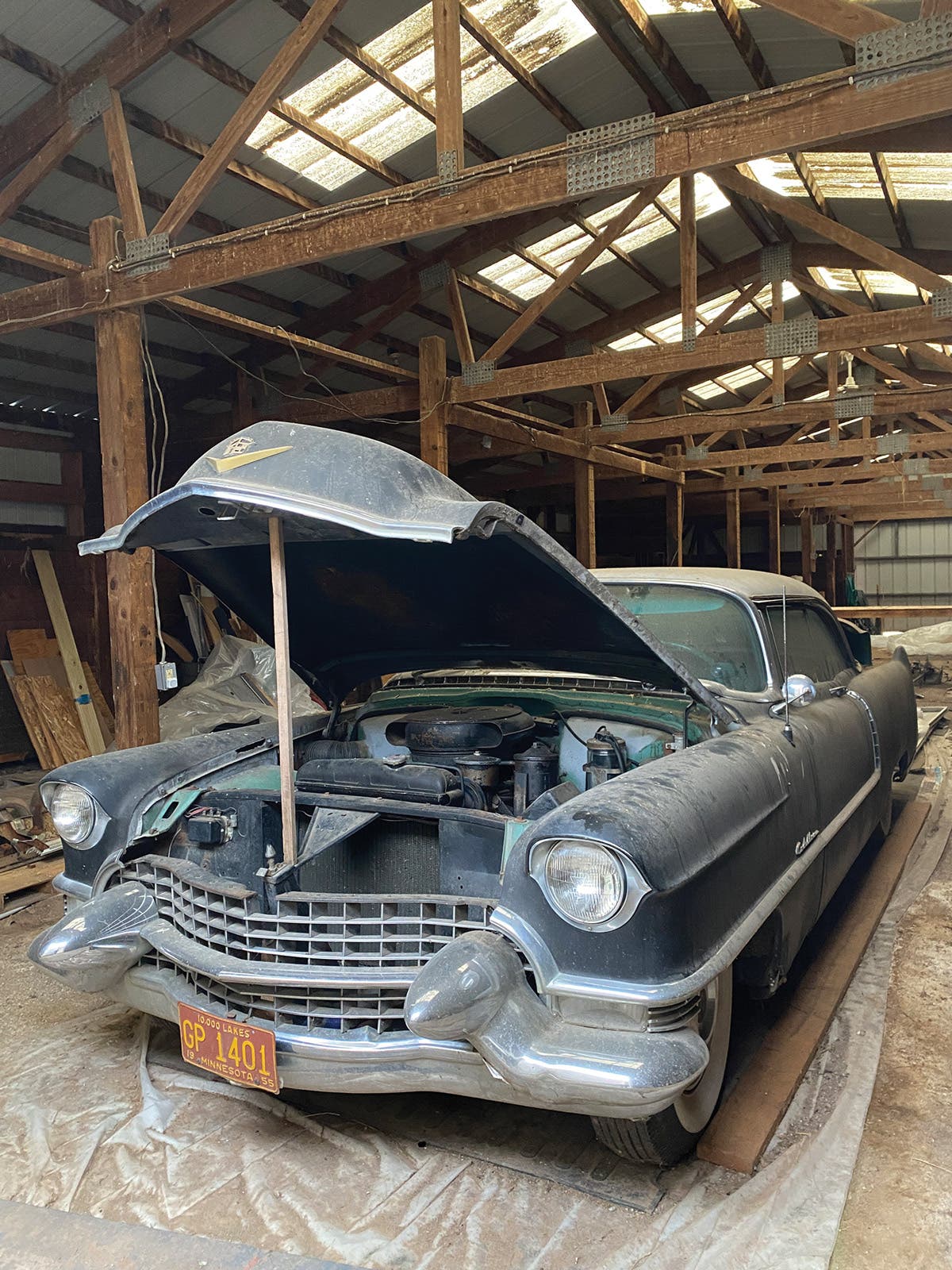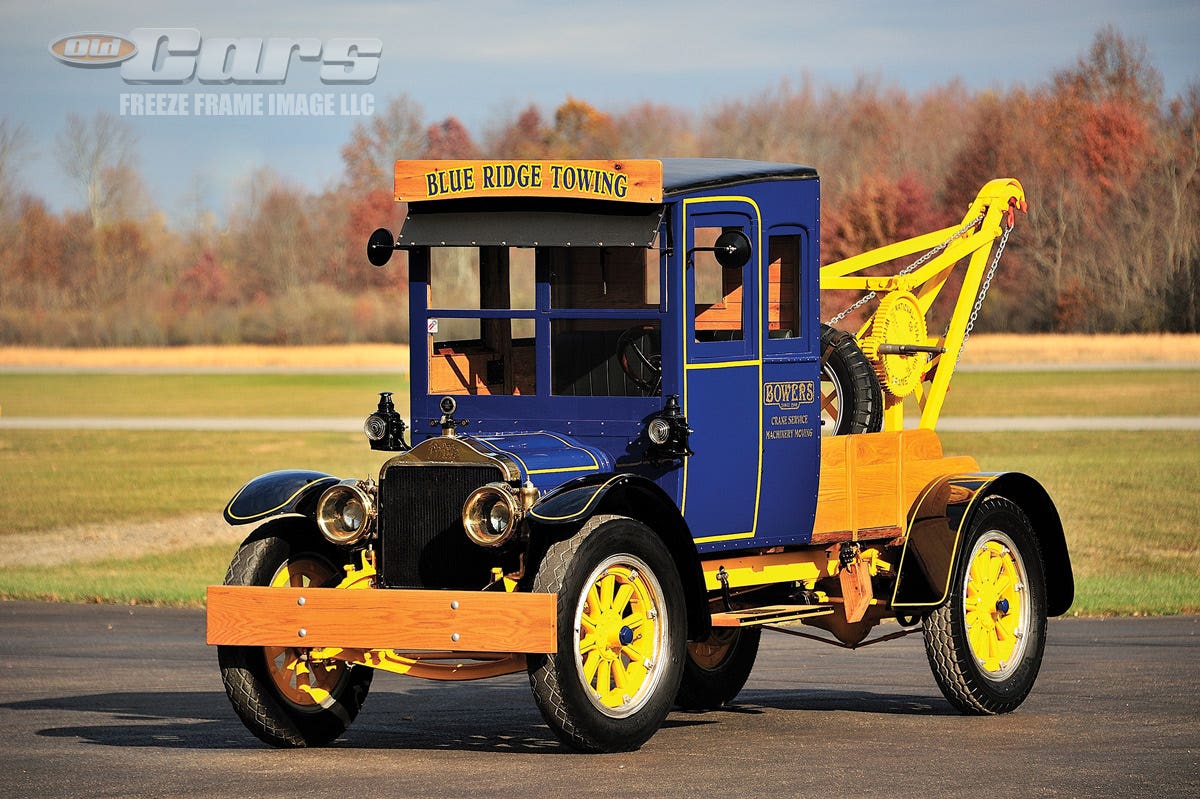Car of the Week: 1970 Plymouth Superbird
Even though he wasn’t looking for such an iconic car, Mitch Gehrke didn’t have much trouble rationalizing his decision a few years back to write about a sizeable check for his 1970 Plymouth Superbird.
Story and photos by Brian Earnest
Even though he wasn’t looking for such an iconic car, Mitch Gehrke didn’t have much trouble rationalizing his decision a few years back to write out a sizable check for his 1970 Plymouth Superbird.
“I guess it was just something I couldn’t refuse,” he says. “I didn’t think I’d ever get another chance to buy one.”
The then-boyfriend of Gehrke’s sister had bought the Superbird to flip it and make some money, and Gehrke was more than happy to have the chance to take it home. He traded his Super Bee on the Superbird and hasn't regretted it since.
“It’s something you can always sell, but you can never buy again,” he says. “I’ve had a few offers over the years, but I couldn’t get another one.”
Gerhke didn’t know much about the car’s background, but the Superbird only had about 45,000 miles on the clock when he purchased it. The car appeared very original, and does to this day.
“It was in good shape when I bought it. It had a couple little bubbles in the paint and a couple spots, but I had them touched up and that was basically all I’ve ever done with it since I’ve had it.
“I don’t know if they had ever done a full-blown restoration. It’s been patched up a few times. There is some putty in it here and there, and you can’t see where the paint is starting to chip around the wing in the back, so it’s been repainted at least once. The vinyl top is starting to crack in a couple places, but you try to hide those [laughs]. Armor All does wonders.”
The irony, of course, is that one of the most coveted and recognizable muscle cars ever built started out life a bit of a pink elephant. There were a few MoPar lovers who had to have one as soon as the race-inspired Superbirds showed up, and many sat unsold for long stretches on new car lots. In the end, only 1,920 examples were built, some of those losing their Superbird-specific nose piece and rear wing in order for dealers to make them more salable.
If only we knew then what we know now.
The 1970 Plymouth Road Runner Superbird was the final volley in the battle of muscle car aerodynamics. With a 7.0-liter engine-displacement limit, competing automakers armed themselves with more wind-cheating body designs, culminating with the “winged warriors” from Chrysler — the 1969 Dodge Charger Daytona and 1970 Plymouth Road Runner Superbird. Designed for use on the NASCAR Grand National superspeedway oval tracks, these MoPars featured a long, peaked nose and a high airfoil on struts above the rear deck. "Superbird" decals featuring the Road Runner cartoon character holding a race helmet were found on the spoiler vertical struts and on the driver side headlight door.
Though similar in concept, the 1970 Plymouth Superbird and 1969 Dodge Daytona shared little in the way of specialized parts. The noses, airfoil and the basic sheet metal of the Charger and Road Runner two-door hardtops differed, even though the inner body structure was the same between the B-body MoPars. The nose added 19 inches of length to the standard Road Runner.
Rules in 1969 called for only 500 copies of each model to be made to make it “legal” for racing. For 1970, manufacturers had to build one for each dealer. Experts believe that, when it was all over, a total of 1,971 Superbirds were built.
The most popular engine was the 440-cid Super Commando V-8 with a single four-barrel carburetor. It was rated at 375 hp and priced at $4,298. A total of 1,120 Superbirds came this way. Another 716 cars were equipped with the 440-cid/390-hp V-8 with three two-barrel carburetors. That leaves just 135 cars to be equipped with the 426-cid/425-hp, twin four-barrel Street Hemi (77 with automatic transmission and 58 with four-speed manual transmission). The racing cars used the Hemi racing engine.
Speaking of racing, the Superbird was fast enough bait to lure Richard Petty back to racing Plymouths after his one-year hiatus with Ford. Petty Engineering hired Pete Hamilton to run a second Superbird at selected events in 1970 and he promptly won the big one—the Daytona 500.
Plymouth intermediates were redesigned for 1971 and, with the performance market shrinking and budgets for racing being shifted to meeting Federal safety and emission standards, there was no follow-up to the Superbird. That made the limited-edition Mopar winged machines among the first muscle cars to start climbing in collector value.
Gehrke jokes that his yellow-and-black ‘Bird is “as basic as they came. It’s got the 440, automatic and four-barrel. It’s got the AM radio. No tachometer. The vinyl roof they put on all of them.”
The interior is in great shape and all-original, and as far as Gehrke knows, the engine has never been apart. And the way the car runs and drives these days, he’s not in a hurry to start tearing into anything.
“It runs great. The steering is real light, like all the Mopars were back then. There’s not much road feel, but it handles great,” he says. “You can go 70 down the road like nothing.”
The nose cone and tail wing were never proven to make the street Superbirds faster than their siblings — some tests even found the standard Road Runners to be faster. But they have always looked insanely fast, which is half the fun for owners like Gehrke. He still takes his Plymouth out for some high-speed exercise on a regular basis. The fun of driving it, and being seen, is one of the reasons he’s never restored the car.
“I still drive it like it was intended to be, once in a while,” he laughs. “I’ve got to make sure nobody’s watching.”
Is it as fast as it looks? “Pretty close,” he jokes. “It’s no drag racer, but it’s not slow. I like it because it’s rare. I go to shows and people say, ‘Oh, you don’t see one of those every day.’ And I say, ‘Yeah I do.’ That’s kind of nice.’’
No matter where he takes it, Gehrke knows the Superbird will attract eyeballs. Being anonymous behind the wheel is not an option, he says.
“It would not be a good car to use for a bank robbery.”
______________________
Show us your wheels!
If you’ve got an old car you love, we want to hear about it. Email us at oldcars@aimmedia.com



